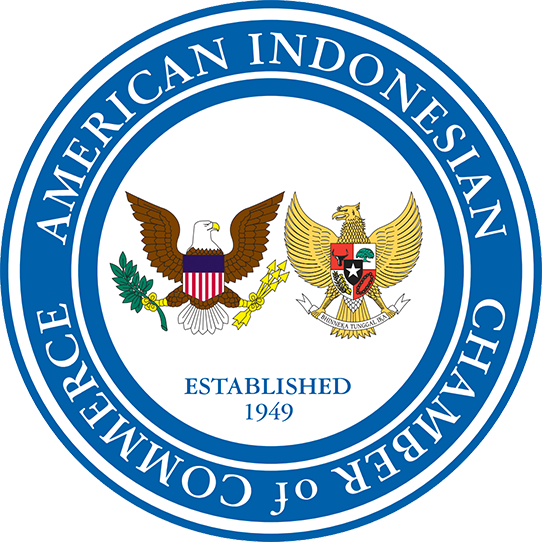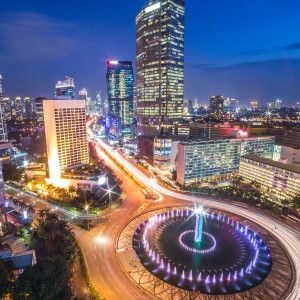American Indonesian Chamber of Commerce

- HOME
- ABOUT AICC
- The History of AICC
- Major Initiatives
- Trade, Tourism, and Investment Program (TTI)
- Opportunity Indonesia
- Introducing Indonesia: Scholastic Ambassador Program
- Preventing A Lost Generation
- Comprehensive Indonesian-English Dictionary
- Sustain Sumatra
- 10 Year’s After: A nationwide public awareness program
- Support to Mandiri Craft
- Congressional Staff Visit
- Business and Cultural Programs in Dallas, Texas
- US-Indonesia Women’s CEO Summit
- Topeng Sehat: AICC Initiative Against COVID-19
- 2021 Shipping NYC Surplus PPE To Indonesia
- Board of Directors
- Membership Benefits
- FAQ
- Membership Registration and Forms
- EVENTS
- LINKS
- TRADE LEADS
- LATEST NEWS/COMMENTARY
- DOING BUSINESSS
- COUNTRY DATA
- BLOG POSTS





AMERICAN INDONESIAN CHAMBER OF COMMERCE





| Issue To Watch: Outlook for 2023 | |
| Commentary by Wayne Forrest
As we predicted last January, Indonesia’s 2022 economic performance outstripped 2021, itself a return to growth following the first year of the pandemic. It was more than just government spending and higher mineral prices that helped boost GDP to over 5.0% by Q3: manufacturing jumped as Indonesian consumers opened their pocketbooks. Even with a strengthening dollar Finance Minister Sri Mulyani and her colleagues continued their wizardry: Indonesia continued to consolidate its fiscal position. Total tax revenue exceeded expectations and by the time all the books are balanced, Indonesia will have achieved the statutory 3% benchmark ratio of debt to GDP a year ahead of schedule. Foreign direct investment was also up significantly, primarily in metals processing and mining. Money did exit Indonesia during the year as the Fed increased interest rates, leading to a 9.3% depreciation of the rupiah. However, Indonesia kept inflation below 3% for much of the year by monetizing its subsidies rather than just sending checks to consumers. Indonesia also: successfully vaccinated 98% of its population; reopened its gates to foreign tourists; eliminated mobility restrictions; updated its criminal code and Jobs Creation Law and passed an Omnibus Bill on the Financial Sector. It flexed its diplomatic muscles to successfully host the G20 meetings and President Biden traveled to the G20 where he met President Jokowi one-on-one and announced major assistance packages to mitigate the effects of climate change. Jokowi tried his hand at shuttle diplomacy between Ukraine and Russia with mixed results at best. Moving into 2023 questions remain over the direction of foreign trade not just because international markets may contract due to recessions, but also because of Indonesia’s local content policies, particularly in mining, as well as expected loan contraction due to higher interest rates. A dominant issue will be Presidential succession. Parties have until October to name their candidates. Former President Megawati holds the key to how the nomination process will play out as the party she chairs, PDI-P, is the only one that can nominate a candidate itself. Until she decides whether to put up her daughter Puan Maharani as PDI-P’s standard bearer, a logjam will remain. But no matter how the cards are shuffled, the three Presidential candidates are the current poll leaders: Ganjar Pranowo, former Governor of Central Java; Prabowo Subianto, Minister of Defense and a candidate in 2014 and 2019; and Anies Baswedan, former Governor of Jakarta. If Megawati chooses Puan, Pranowo could easily end up the candidate of a coalition of three or more parties. Due to the proximity of national elections (February 2024), President Jokowi will have difficult creating any new bold initiatives and will have his hands full trying to cement important parts of his legacy such as the building of a new capital in Kalimantan. Follow these links to topics of interest:
|